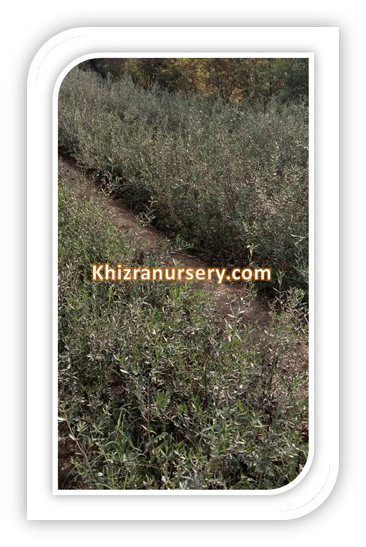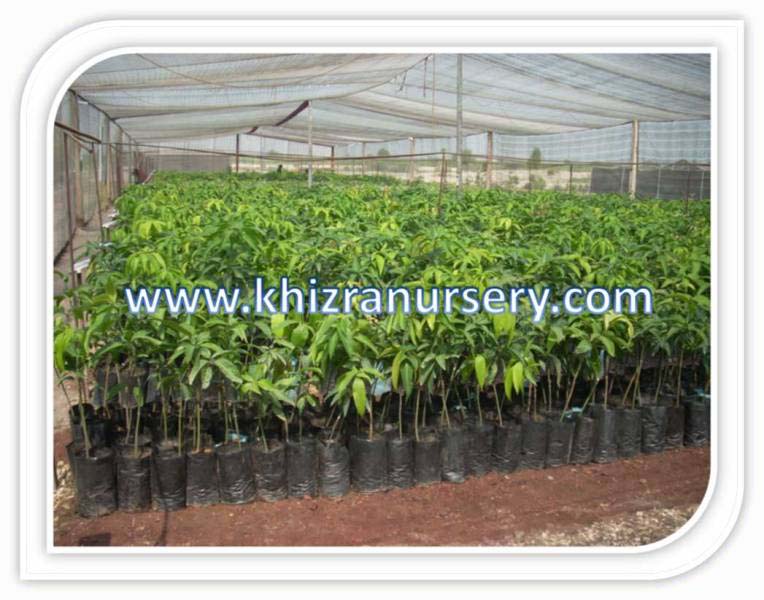Grape Plants
The grape is a fruit, botanically a berry, which grows on the thin wood of the genus Vitis, a flowering plant. Botanical Name is Vitis Vinifera, Commonly known as grape plants. The word grape means smooth-skinned, juicy and light green cluster of berries. Most of the breeding grapes come from the Mediterranean and Central Asian grapefruits of Vitis vinifera. The grapes can be eaten fresh or in dried form (raisins).
Grapes Plants Overview
The grape plant, Vitis vinifera has currently 5000-10000 varieties which have commercial importance. A typical plant grows up to 32 m in length with flaky bark. Their leaves are alternate and about 5-20 cm in length. These leaves are palmately lobed while its fruits are berries, known as grapes. Each grape is about 6 mm in diameter and dark purplish to blackish in colour, if occurs in wild. These grapes are much larger in cultivated plants about 3 cm long and green to red or purplish in colour. Vitis vinifera subsp. sylvestris is classified as wild grapes while Vitis
vinifera subsp. vinifera is referred as cultivated grapes. In wild grapes plants flowers are dioecious that means male and female flowers occurs on separate plants whereas, in cultivated grape plants, flowers are hermaphrodite that means male and female flowers occurs on same plants.
Types or Cultivars of Grape Plants
All over the world, there are 16 types of grapes. These types of grapes have different size and colors including, Concord, Cotton Candy, Moon Drops, Flame Seedless, Dominga, Crimson, Black Muscat, Centennial,Thompson Seedless, Autumn Royal, Tempranillo, Marquis, Koshu, Kyoho, Glenora and Red Globe.
Seedless Grapes Plants
The seedless cultivars of grapes are propagated by vegetative means through cuttings. There are more than thousand varieties of seedless grapes. The seedless cultivars includes, Thompson Seedless, Einset Seedless, Benjamin Gunnels's Prime Seedless, Russian Seedless, and Black Monukka.
Propagation of Grape Plants
Grape plants or vines can be propagated through seeds and cuttings.
Stratification of Grape Plants Seeds
- Take viable seeds and wash them thoroughly to remove any pulp or other matter.
- Soak them in a small amount of water for 24 hours.
- For grape seeds, the best time to start stratification is in December (Northern Hemisphere
winter).
The ideal temperature for stratification is a steady 35-40 ºF (1-3 ºC), so the refrigerator is
a good place for this process. - Keep the seeds refrigerated for two to three months.
- Do not allow them to freeze.
How to Germinate Grape Plants
- In early spring, take the seeds out of the fridge and put them in pots filled with good soil.
- Peat moss is the best choice for grape seeds because its anti-fungal properties will help
eliminate seed-damaging mold. - Plant the seeds individually in small pots, or in large pots with at least (3.8 cm) deep.
- Make sure the seeds are warm enough to germinate properly.
- The seeds need a minimum temperature of 70ºF (20ºC) during the day and around 60ºF
(15ºC) at night. - Use a greenhouse or warming mats to keep seeds at the correct temperature.
- Keep the soil moist but not too wet.
- Mist the surface with a fine spray of water when it starts to look dry.
- Check for growth.
- Grape seeds typically take between 2-8 weeks to sprout.
Transplantation of Grape Seedlings
When grape seedlings have grown to about 3" (8 cm), they should be transplanted to larger pots.
Seedlings should be kept indoors or in a greenhouse until they have reached a height of 12" (30
cm). They should have a good network of roots and have at least 5-6 leaves when transplanted.
Two weeks after planting, a small amount of fertilizer is added to the soil around the base of
young plants. This process is repeated once a year every spring. Grapevines need a trellis or
arbor for proper support. The tip of the shoot is tie to a wire and allow it to grow along it.
How to Take Care of Grape Plants
Grapevines take up to three years to start producing fruit. During that time, proper care and
training is essential for the best fruit yield.
- Grape vines need moderate watering.
- They prefer full sun exposure.
- Optimum temperature should be maintained.
- Pinch off all others weeds growing around grapevine.
- Fertilize by using a balance fertilizer.
- Remove flower clusters as they emerge, allowing the vine to fruit early.
- Prune properly when it needed.
- Loosely tie long shoots to the arbor or trellis.
Storage of Grapes
Grapes are picked up from the shoots when they becomes ready. They will not continue ripening
once collected from vines. They can be stored for up to 6 weeks or more in a cellar. As the
grapes can absorb the odour of other fruits and vegetables, so keeping them separate is
necessary.
Importance of Grapes
The nutrients in grapes can help prevent cancer, eye problems, heart disease and other
health conditions.
- Grapes are packed with nutrients, especially vitamins C and K.
- Their high antioxidant contents may prevent chronic diseases.
- Grapes decrease blood sugar level and protect against diabetes.
- Grapes can may improve memory, attention and mood.
- Resveratrol in grapes is an important nutrient that can offer health benefits.
- Grapes contain a range of fiber, potassium, and vitamins and other minerals.
- Grapes are a good source of potassium that helps our body balance fluids.
- They can help bring down high blood pressure and lower your risk of heart disease and
- Most people do not get enough of this nutrient, so eating grapes can help fill the gap.




















Reviews
There are no reviews yet.